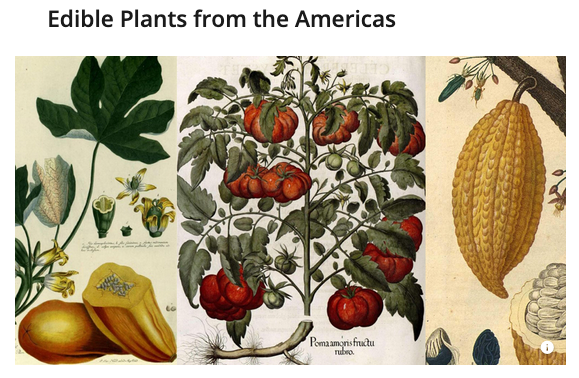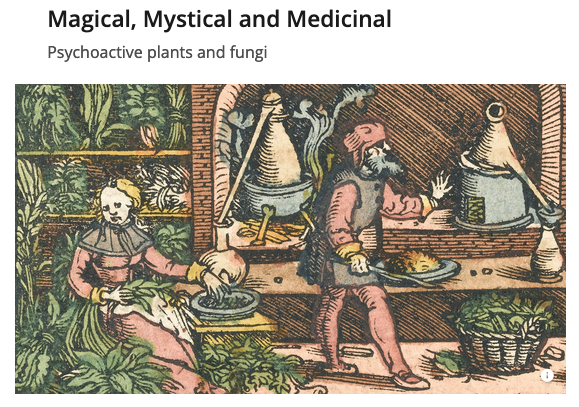LinBi created three virtual exhibitions for Europeana, focussing on stories illustrated by content from LinBi partners.

Europe’s eating habits would be very different had explorer Christopher Columbus not set out to find a faster route from Spain to the Spice Islands of south-east Asia. This exhibition explores how the newly discovered edible plants not only enriched the cuisines of Europe, Asia and Africa, but also had a major impact on global culture, economics and politics.

Rose is a rose is a rose is a rose
Loveliness extreme
Extra gaiters
Loveliness extreme
Sweetest ice-cream
Pages ages page ages page ages.
Gertrude Stein, Sacred Emily
Had he still been alive in 1913, it’s unlikely that botanist François Crépin (1830-1903) would have accepted (American poet) Gertrude Stein’s words as meaning that any fragrant rose can simply be called ‘a rose’. For Crépin, a rose and its specific identity as captured by its scientific name were highly individual and far from generic. For this botanist, Rosa arvensis was neither Rosa canina nor Rosa coronata.

Humans have experimented with psychoactive plants since ancient times. Early societies discovered that some plant species had ‘magical properties’ which were capable of altering consciousness. Shamans, magicians, witches and healers often served as intermediaries between the physical and spiritual worlds, either ingesting the psychoactive plants themselves or providing them to others.
